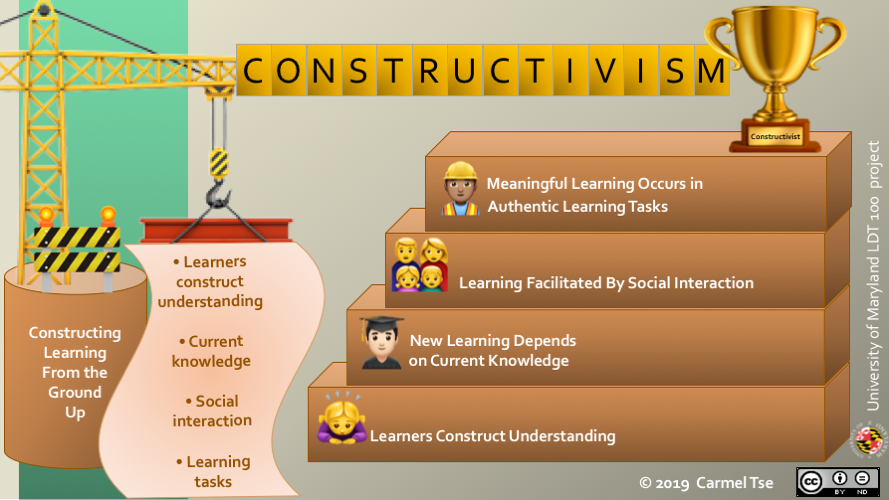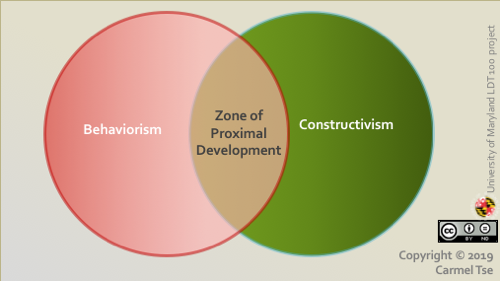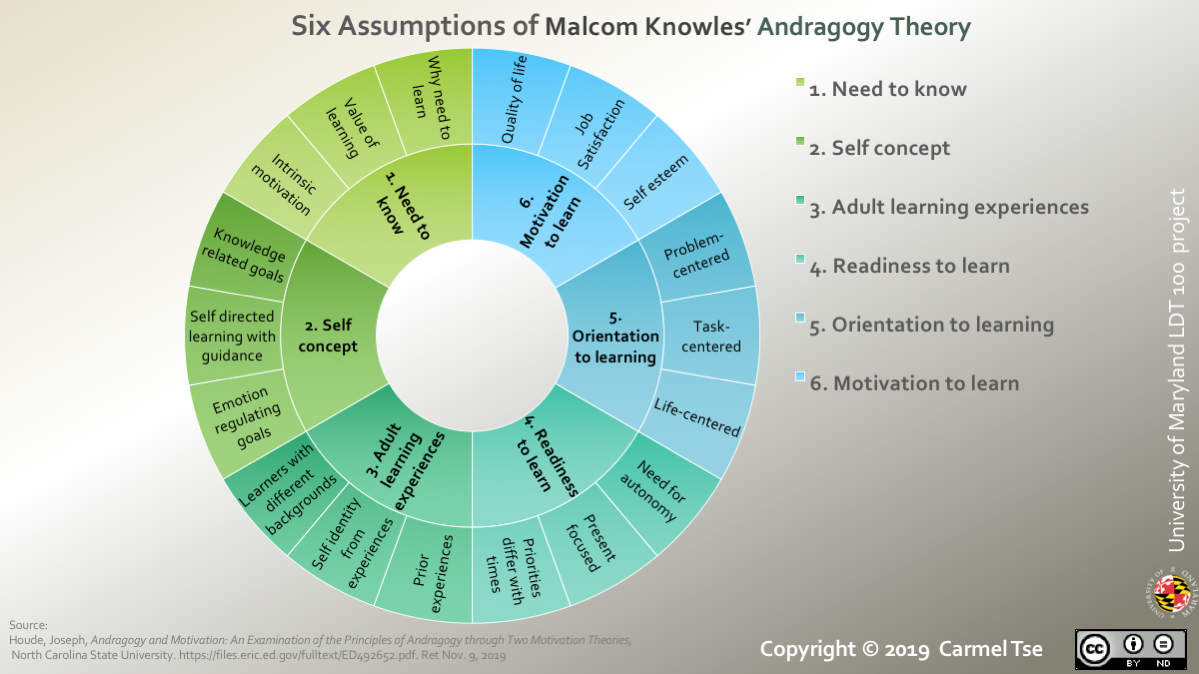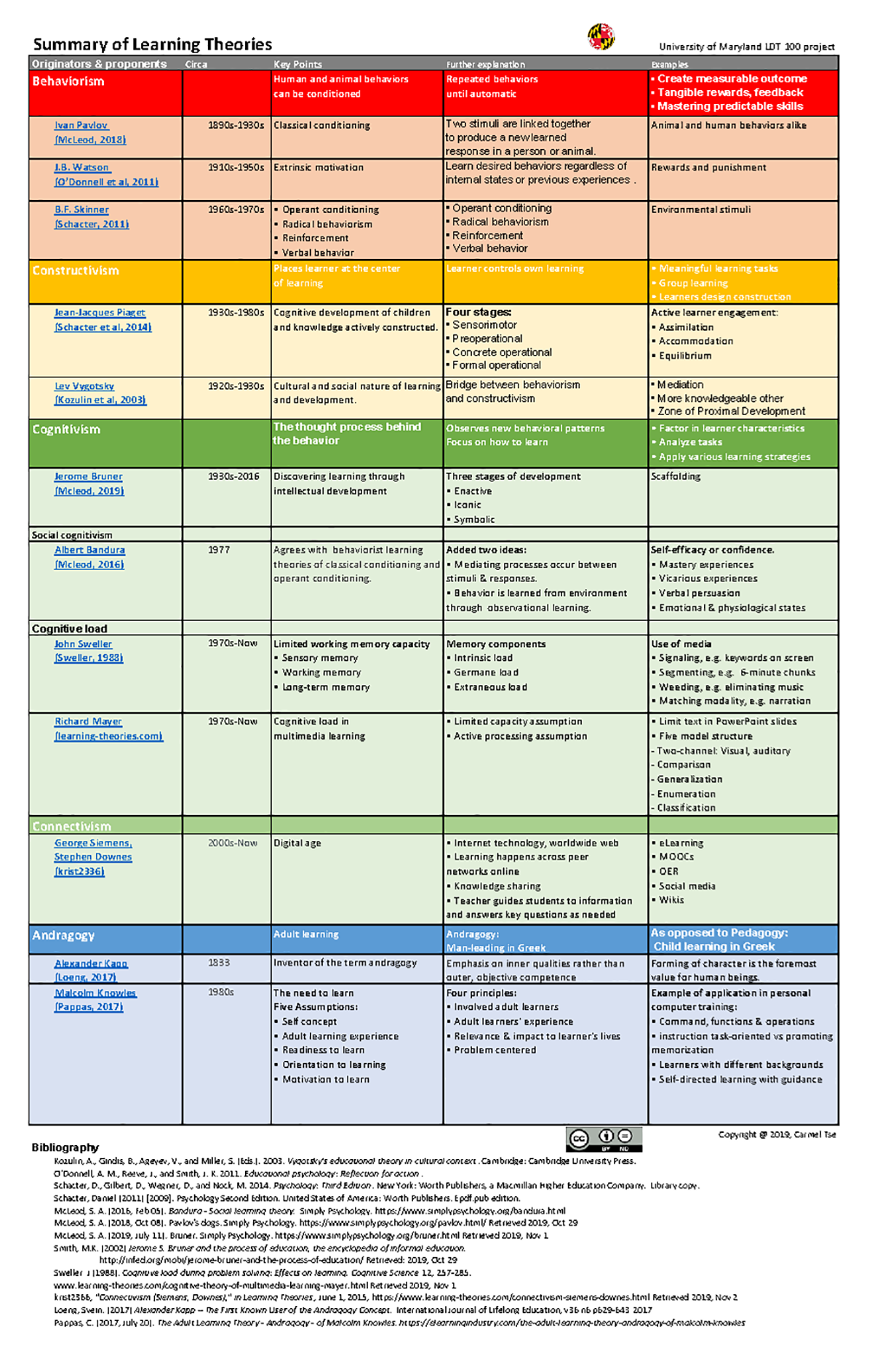COGNITIVISM VS CONNECTIVISM
Cognitivism is a learning theory which deals with, in particular, how people perceive and remember information, solve problems and ultimately learn. A key focus of cognitive psychology is looking at how to communicate or transfer knowledge to learners in the most effective and efficient way by looking at mental processes.
Connectivism is the integration of principles explored by chaos, network, and complexity and self-organization theories. Learning is a process that occurs within nebulous environments of shifting core elements – not entirely under the control of the individual.
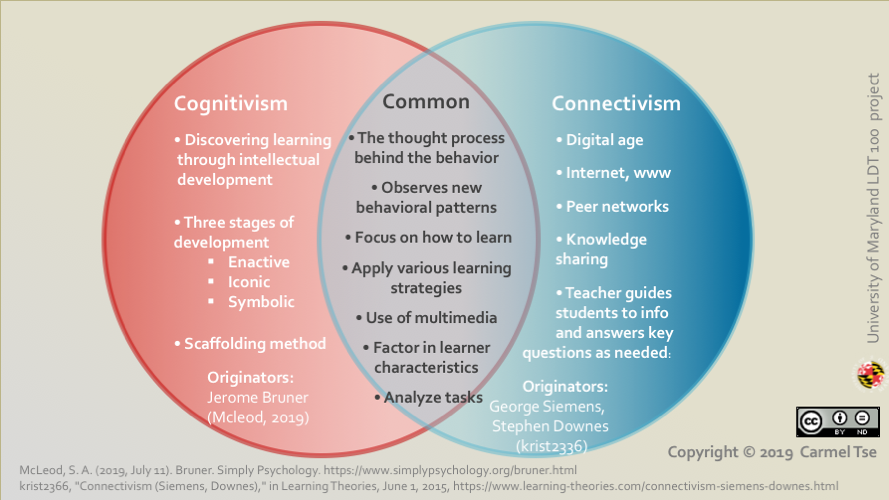
This Venn diagram was created in Microsoft PowerPoint. Venn diagrams can quickly identify similarities and differences between concepts.
COGNITIVE LOAD
How Adobe Bridge helps metadata users
Cognitive load refers to the used amount of working memory resources. Cognitive load theory differentiates cognitive load into three types: intrinsic, extraneous, and germane.
University of Maryland LDT 100 Project / October, 2019
I have always been an advocate for the tagging of media assets used in instructional design with IPTC metadata. The practice allows for the easy tracking of asset information, in particular copyright data. There are different methods and tools to achieve the task. One useful tool is Adobe Bridge as it provides a graphic application program interface as well as very comprehensive metadata sets and templates. Unlike other applications in the Adobe Creative Suite, Bridge is a freeware. Once the software is downloaded and installed on the computer, the “Help” menu will lead to the user guide’s gateway page.
The gateway page is an html page on the Adobe Help Cloud, which in itself is a cognitive overload of information and knowledge. The Cloud also hosts blogs contributed by the Adobe user community. Solutions offered by other users are sometimes helpful, but often outdated or misleading. Just like the world wide web, It’s like a maze of more rumors than facts. . . .
Gateway page comments
Fonts: Information is presented in clear text, black on white, with some headlines in blue.
Print: A 90-page PDF textbook is available for download. You really have to like it to read it.
Navigation: A sidebar appears on left of screen providing topic searches. However, sub-topics are not visible unless clicked on a topic. It took me some time to find my topic on metadata.
Main: The main display area on the right carries some important but lesser searched information. . . .
ANDRAGOGY
From newspaper moribund to driver education
By Carmel Tse/November, 2019
University of Maryland LDT 100 Project
In the 1990s, I was a news editor and subsequently systems integrator in news technology. The internet hadn’t exploded yet, but newspapers were losing readers and we sensed that the worst had yet to come. There were two schools: those who believed whoever owned the printing press would remain mighty; and my group who thought we were moribund unless something drastically happened.
